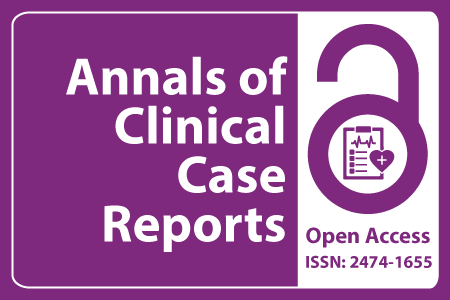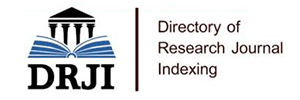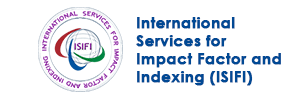
Journal Basic Info
- Impact Factor: 1.809**
- H-Index: 6
- ISSN: 2474-1655
- DOI: 10.25107/2474-1655
Major Scope
- Cancer Clinic
- Gastric Cancer
- Biochemistry and Biostatistics
- Asthma
- Pulmonary Medicine
- Surgery Cases
- Transplantation Medicine
- Child Birth
Abstract
Citation: Ann Clin Case Rep. 2022;7(1):2210.DOI: 10.25107/2474-1655.2210
The Use of Totally Implanted Vascular Access Devices (Ports) in the Treatment of Atypical Hemolytic Uremic Syndrome in Children
Magdalena Mróz1, Katarzyna Krzyżak1, Anna Bogdał2, Hanna Woźny1, Martyna Bik1, Elżbieta Trembecka-Dubel3, Dagmara Roszkowska-Bjanid3, Maria Szczepańska1*
1Department of Pediatrics, Medical University of Silesia in Katowice, Poland 2District Hospital in Zawiercie, Poland 3Department of Pediatric Nephrology with Dialysis Division for Children, Public Clinical Hospital No. 1, Poland
*Correspondance to: Maria Szczepańska
PDF Full Text Case Series | Open Access
Abstract:
Totally Implanted Vascular Access devices (Ports; TIVAPs) are commonly used in oncological treatment in children. They are important for long-term therapy requiring continuous vascular access. The use of central catheters may also be extremely helpful in the therapy of children with chronic kidney diseases, such as atypical Hemolytic Uremic Syndrome (aHUS). In the past, the treatment of this syndrome required regular supplementation of fresh frozen plasma in the chronic phase of the disease, or substitution of red blood cells during relapse and plasmapheresis application. Eculizumab registered worldwide for the treatment of aHUS is injected intravenously every 2 weeks. The manuscript presents a retrospective evaluation of the use of TIVAPs in 4 children treated due to aHUS. A total number of 6 ports was used, each 4.3 ± 1.7 years of duration on average. Ten complications were reported, 30% of which included staphylococcal infections. Infections with encapsulated organisms were not recorded. Conclusion: The use of vascular ports in children with aHUS seems to be safe provided that close monitoring and early detection of complications are carried out, allows to maintain repeated painless long-term access to the venous system, make available vascular preservation in patients with a significant risk for end-stage kidney disease.
Keywords:
Totally Implanted Vascular Access devices (ports; TIVAPs); Atypical hemolyticuremic syndrome; TIVAPs complications; Eculizumab
Cite the Article:
Mróz M, Krzyżak K, Bogdał A, Woźny H, Bik M, Trembecka-Dubel E, et al. The Use of Totally Implanted Vascular Access Devices (Ports) in the Treatment of Atypical Hemolytic Uremic Syndrome in Children. Ann Clin Case Rep. 2022; 7: 2210..













